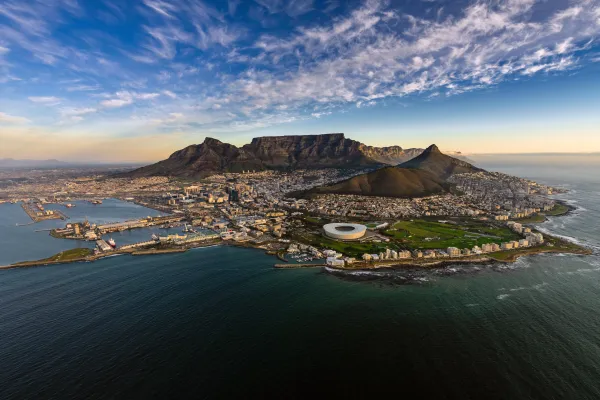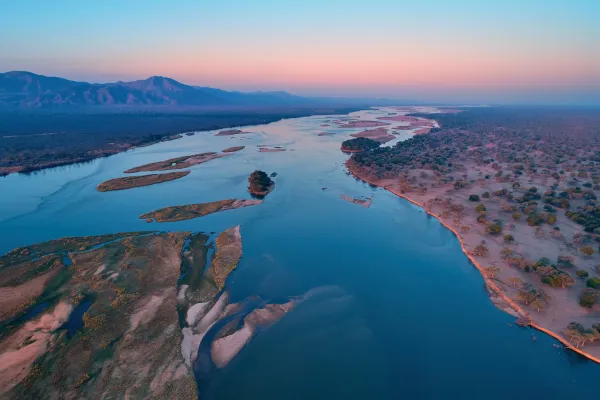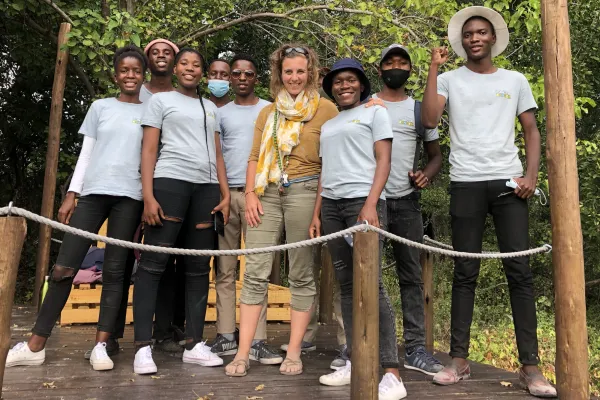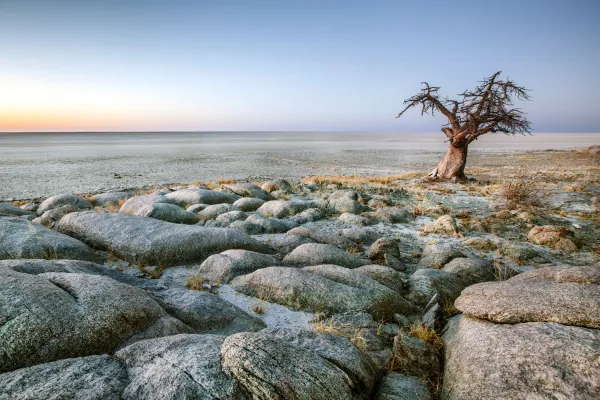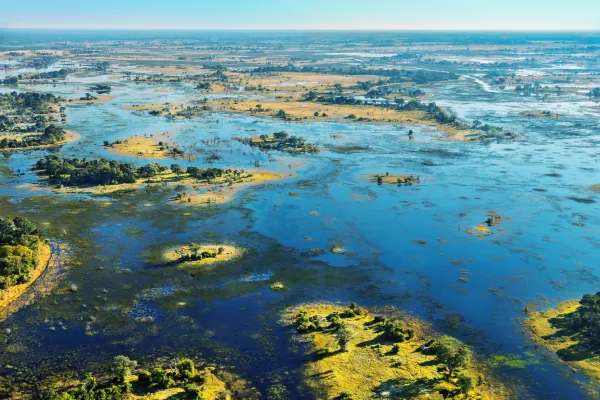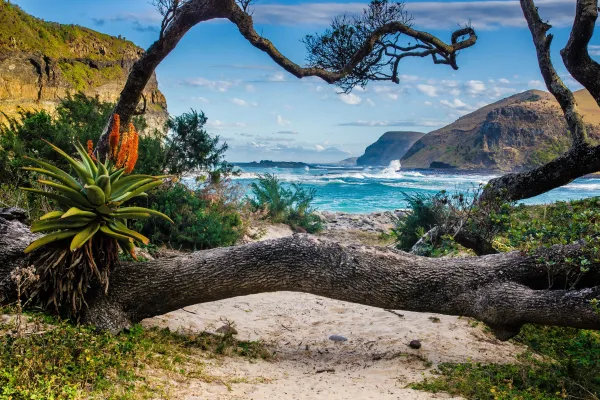Ethical wildlife photography
For many people, capturing the perfect wildlife photograph is an obsession. Perhaps it is because of our inherent dis-connection with nature that we feel compelled to record these intimate moments and delight in their visual escapism?
An image speaks a thousand words, and never is this more true than with wildlife photography. An animal cannot speak for itself but its expressions, behaviour and body language can portray more emotions than we have words in our language to describe. Whatever the reason, thanks to advances in modern technology, almost everyone now has the ability to take evocative and inspiring images, be they on cellphones, tablets, DSLR or mirrorless cameras.
However, if human history has taught us anything, it is that we have the tendency to over-utilise resources with little care and consideration to the bigger picture. It all boils down to respect and ethical responsibility.

Naturalness and authenticity
Wildlife photography should be about capturing nature in its rawest form. We live in a world dominated by technology and artificial experiences and whether you are lucky enough to photograph a pride of lions fighting over a carcass in the African savanna, or the delicate wings of a dragonfly hovering over a pond in your back garden, we have an obligation to portray natural behaviour.
Core competence patience
Patience is a trait that many of us sadly lack, but this is integral to wildlife photography. Serious photographers might wait for days, weeks or even months for the perfect image.
Unfortunately, not everyone has the luxury of time and it is far too easy to manipulate the wild to suit our needs. This leads to a whole host of ethical pitfalls as we scramble to photograph what we want, rather than what nature shows us.
Understanding animal behaviour
For the avid wildlife photographer, the most important skill to possess is knowledge of animal behaviour. If you understand your subject, you have a far better chance to anticipate its movements, reducing stress on the subject and allowing you to position yourself for the best possible shot.

Wait instead of follow
For example, most predators will drink after feeding. This can allow for incredible captures of reflections in the water, and if you know your area, the best bet is to position yourself at the closest waterhole and await their arrival. Not only do you reduce the stress on the animal by not driving behind it (you are unlikely to want pictures of the animal’s rear end!), but you will be ready and waiting, with settings already selected. It also gives you time to evaluate the area and consider the best line of sight, direction of the light and of course, escape routes for you and the animal if required.
Fitting the moment
Another sought after shot is that of a bird taking off. There is something majestic and intrinsically beautiful about a bird spreading its wings and taking to the skies. The photo depicts movement and freedom. But how do you know when this will happen? Sure, the situation can be manipulated but this defeats the whole exercise.
Flight, and particularly the take-off, is physically demanding so most birds will lighten the load before getting airborne. As a general rule of thumb, look for the bird to defecate prior to launch. The expulsion of excess weight is often a precursor to taking flight, so dial in your settings and wait for the perfect moment!
Common unethical behaviours
One of the most common unethical behaviours encountered in wildlife photography is provoking the animal to do your bidding. There are a myriad of ways that this can be achieved, all of them tainting the purity of the shot. The following is a short list of behaviours that are commonly practised but deemed grossly unethical in terms of wildlife photography:
- Whistling
- Shouting
- Hand clapping
- Revving the engine
- Provoking the animal in order to illicit an aggressive reaction.
- Throwing objects (yes, this happens!?)
- Playing or mimicking animal calls
The latter is a particular problem since everyone has cellphones and many areas have sufficient network to quickly search the desired noise. Ultimately, the only person that can stop this behaviour is yourself. Remember that ethics are what you do when no one else is watching!
When enough is enough
A good photographer will know when enough is enough. Even if the animal is comfortable in your presence, it is not a free pass to stay with it until it shows you otherwise. In a perfect world, a photographer should get the shot and move on, before influencing the animal’s natural behaviour. Again, this comes down to respect and appreciation of the animal’s space.
Observe behaviour
Unfortunately, the tolerance of an animal will be different every time. There are so many variables to consider that your best weapon is to watch for subtle changes in the animal’s demeanour. A mother with cubs, predators on a kill, sick or injured animals will all have lower levels of tolerance. Some days, just like us, animals have bad days and wish to stay under the radar and out of the limelight…
If the animal starts changing its behaviour, becomes aggressive towards you, or is trying to get away, this a sure-fire sign that you have already overstayed your welcome. Please; leave this animal in peace. Not only is this the correct ethical thing to do, but by continuing to harass it, you may well be inadvertently shooting yourself in the metaphorical foot. That animal will learn to fear humans and future photographic opportunities will be limited.
The journey is the reward
A great wildlife photo is not just about the end product. It is the journey and the experience that counts, and this is often evident in the photo itself. It is a privilege to photograph an animal in its natural habitat and it is our responsibility to ensure that these opportunities remain for as long as possible. There is no excuse for unethical behaviour around any animal, big or small. It is an honour for an animal to let you into its secret life and it is your responsibility to repay that trust in kind.
Patience, understanding, empathy and respect should be the cornerstone of any photographer and if these simple ethics are adhered to, nature will reward you, and the photos will follow.
Sign up for the newsletter
By clicking on “Subscribe now” I will subscribe to the Conscious Explorer newsletter with all the information about mindful travel. Information on the success measurement included in the consent, the use of the shipping service provider MailChimp, logging of the registration and your rights of revocation can be found in our privacy policy.



